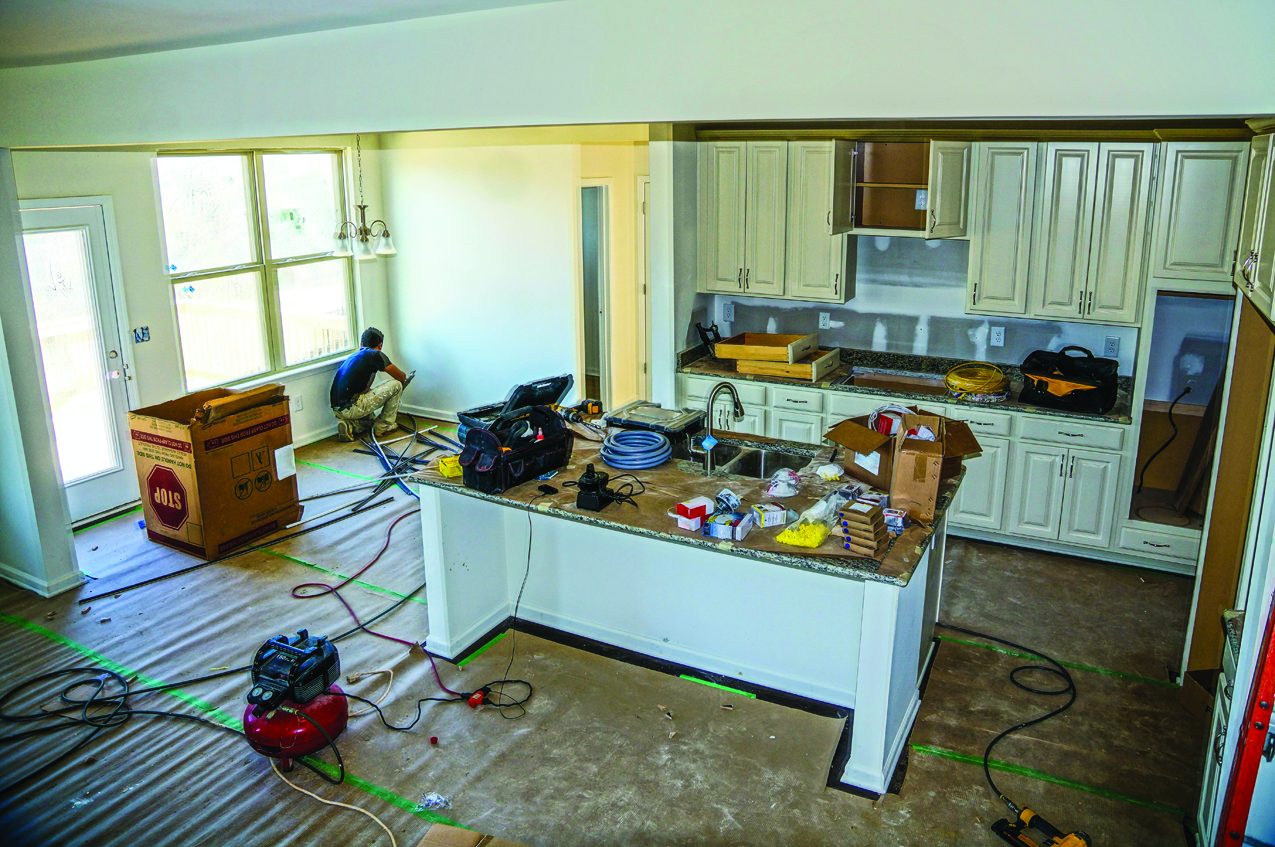Groundhogs take center stage on February 2nd. Individuals across the country anxiously await the news of whether one of these furry fellows sees his shadow or not – the latter indicating that an early spring is on the horizon.
Once Groundhog Day has come and gone, the humble groundhog regains its status as unwanted intruder.
Groundhogs invade lawns and gardens in search of fruits, vegetables and ornamental plants. Groundhogs also can make extensive burrows under the soil ripping up the landscape and potentially threatening the foundation of a home. Keeping groundhogs at bay is a goal for many homeowners, and the following are some simple ways to do just that.
Make sure it’s a groundhog
Before taking any steps to repel groundhogs, first make sure it’s really these fuzzy critters who are wreaking havoc. Signs of a groundhog infestation include:
· Feathery tops of carrots have been removed.
· A large hole, around 10 to 12 inches wide, under or near a storage shed or other structure with mounds of dirt outside of it.
· Tomatoes with large bites taken out of them.
· Newly damaged plants noticed in the afternoon (deer eat garden plants at night).
· Wide teeth marks on plants and bark.
· Tracks in the dirt that show four-clawed toes on the front paws and five on the back.
Once you’ve determined it’s a groundhog that is causing damage, you can try these strategies to keep them away.
· Harvest your garden frequently to remove opportunities for groundhogs to prey on produce. They’re particularly attracted to cantaloupes, cabbage, green beans, cucumbers, zucchini, and corn. They also like the tender greens from lettuce. Consider using raised garden beds so groundhogs will not have easy access.
· Groundhogs prefer camouflage around their burrows. Mow the lawn, pull weeds and clean up brush piles to deter groundhogs.
· Keep groundhogs from burrowing under structures by burying chicken wire a foot underground and bending it at 90-degree angles away from structures or the garden.
· Apply safe repellents that use essential oils or flavors and scents that groundhogs do not like. Epsom salt is believed to repel groundhogs.
· Call animal control to have a groundhog relocated. Animal trapping professionals can live trap and release a groundhog elsewhere. Don’t try to trap a groundhog yourself, as they can be feisty and bite or scratch if scared.
Groundhogs may be heroes for a day in February, but they quickly take a heel turn when they start to damage yards. Getting groundhogs under control can help.
















